Title: On-Page SEO Checklist: Essential Elements for Optimizing Content
In the ever-evolving landscape of digital marketing, optimizing your website for search engines is crucial for staying visible and competitive. On-page SEO plays a pivotal role in enhancing the visibility of your content and ensuring it reaches the right audience. In this blog post, we'll explore an on-page SEO checklist that covers essential elements to help you optimize your content effectively.
Keyword Research and Placement:
Before diving into content creation, conduct thorough keyword research to identify relevant terms and phrases. Strategically place these keywords in your content, including titles, headers, and throughout the body, ensuring a natural flow.
Title Tags:
Craft compelling and concise title tags that accurately represent your content. Include your primary keyword within the title tag and maintain a length of around 50-60 characters for optimal visibility in search engine results.
Meta Descriptions:
Write engaging meta descriptions that provide a concise summary of your content. While meta descriptions may not directly impact rankings, they influence click-through rates, making them a critical aspect of on-page SEO.
URL Structure:
Ensure your URLs are clean, concise, and include your target keyword. A user-friendly URL not only enhances the user experience but also aids search engines in understanding the content of your page.
Header Tags:
Structure your content using header tags (H1, H2, H3, etc.) to create a hierarchy and make it more readable for both users and search engines. Include relevant keywords in your headers to emphasize the main points.
Content Quality and Relevance:
Develop high-quality, informative, and engaging content. Focus on addressing user intent and providing value. Search engines prioritize content that meets user needs, leading to improved rankings.
Internal and External Linking:
Incorporate relevant internal links to guide users to other pages within your website. Additionally, include authoritative external links to reputable sources, demonstrating credibility to search engines.
Image Optimization:
Optimize images by compressing them for faster loading times and including descriptive alt text. Search engines consider image optimization as a factor in overall page quality.
Mobile Responsiveness:
With the majority of users accessing the internet via mobile devices, ensure your website is mobile-friendly. Google prioritizes mobile-responsive websites in its search rankings.
Page Loading Speed:
Improve page loading speed by optimizing images, utilizing browser caching, and minimizing unnecessary code. A faster-loading website enhances user experience and positively influences search rankings.
Schema Markup:
Implement schema markup to provide search engines with additional context about your content. This can enhance the visibility of rich snippets in search results, improving click-through rates.
Social Media Integration:
Encourage social sharing by integrating social media buttons and encouraging readers to share your content. Social signals can indirectly impact search rankings.
Incorporating these on-page SEO elements into your content creation strategy can significantly enhance your website's visibility and performance in search engine rankings. By focusing on keyword optimization, user experience, and technical aspects, you'll be well on your way to creating content that not only resonates with your audience but also attracts the attention of search engines. Stay proactive and regularly update your on-page SEO practices to align with evolving search engine algorithms for sustained success in the digital landscape.








